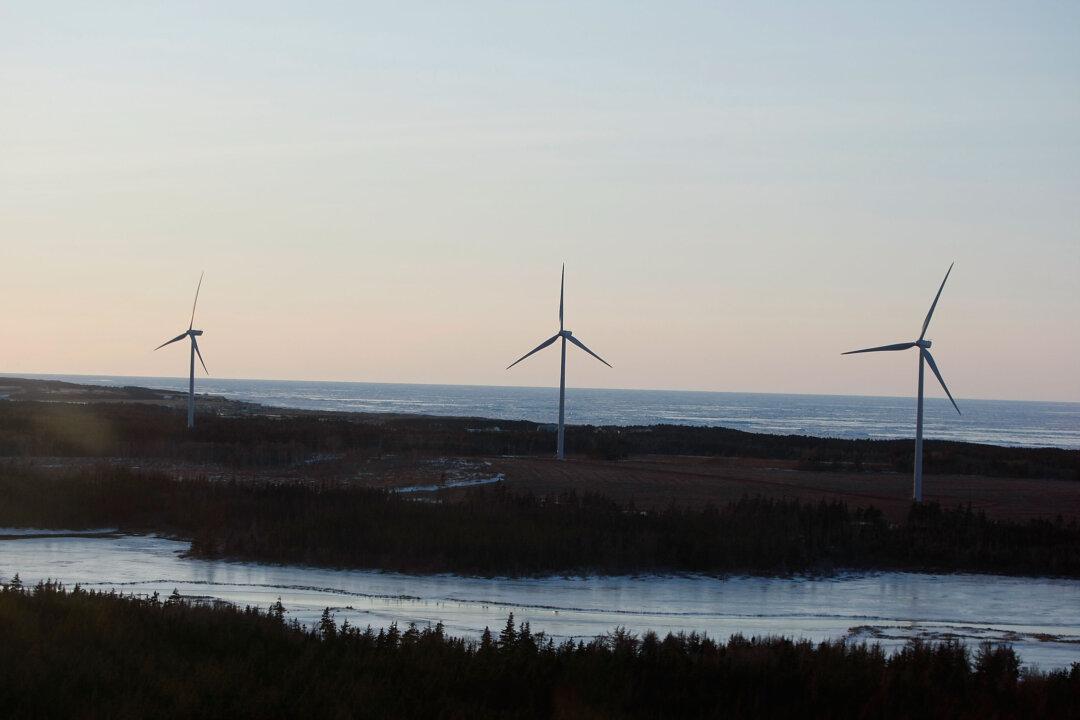Twenty-five years after ice storms knocked out power in Ontario and Quebec, experts warn that a full shift from fossil fuels to electrification and renewables will leave Canadians more vulnerable to power disruptions, especially if extreme weather strikes, causing disasters.
On Jan. 4, 1998, freezing rain in eastern Ontario and Quebec took down hydro lines and trees. By the next day, 650,000 people had lost power, a number that later swelled to 1.5 million. Thirty-five people died and $1.44 billion of insurance claims ensued. Some rural residents near Ottawa were without power for 33 days.





